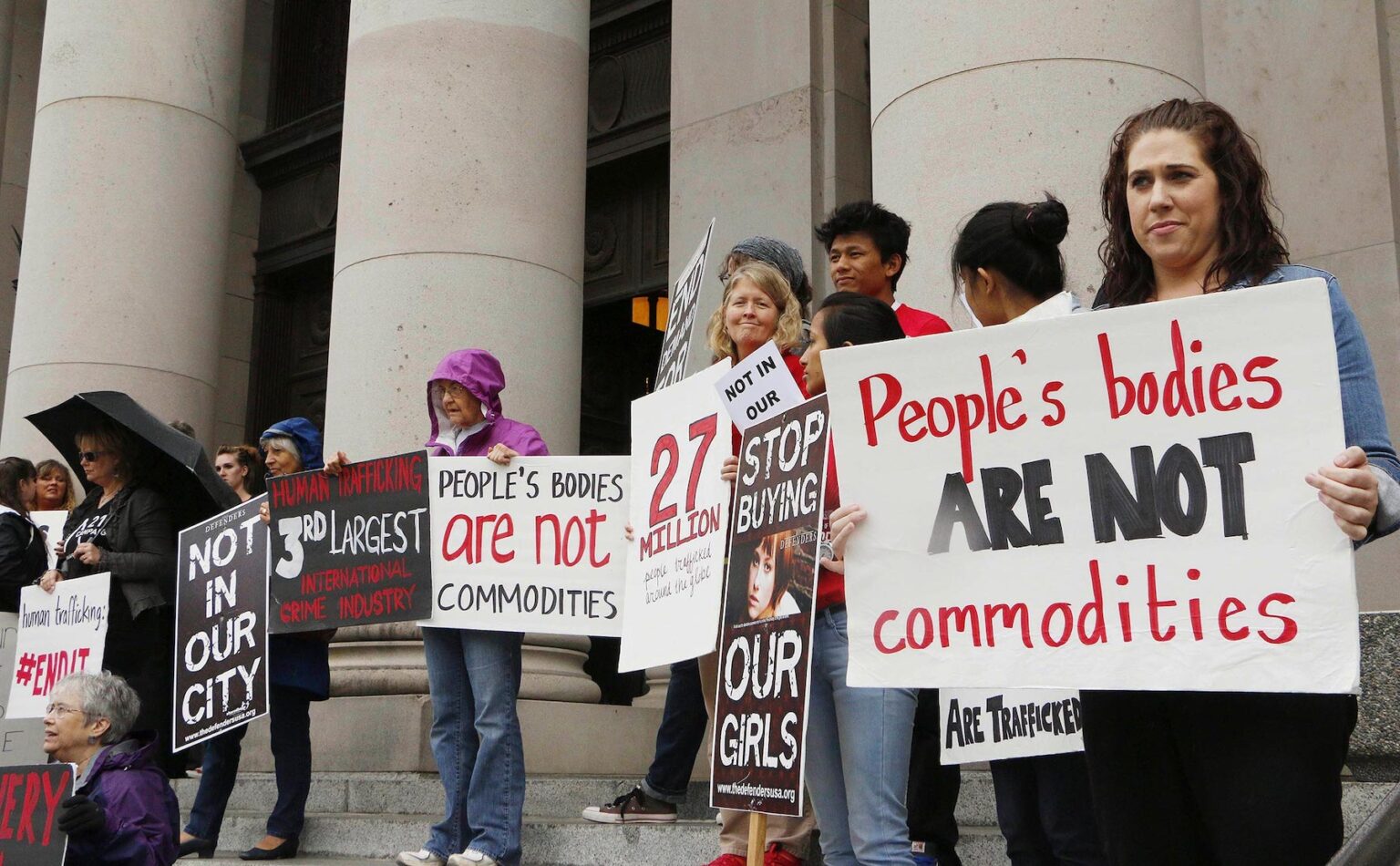
Child trafficking is still happening: Where and how you can help
Child trafficking feels like a world away and yet it happens everywhere around the world. There are of course hot spots for it. Large cities and areas especially where there is insufficient legislation or enforcement of child trafficking laws.
Equally, child traffickers try to stay as covert as possible. This means that your exposure to it is reduced as are the chances of them being caught. Due to this, the information that is available for child trafficking vastly underestimates the severity of the issue.
This article will give you some idea about how widespread this issue is but also what you can do to help.
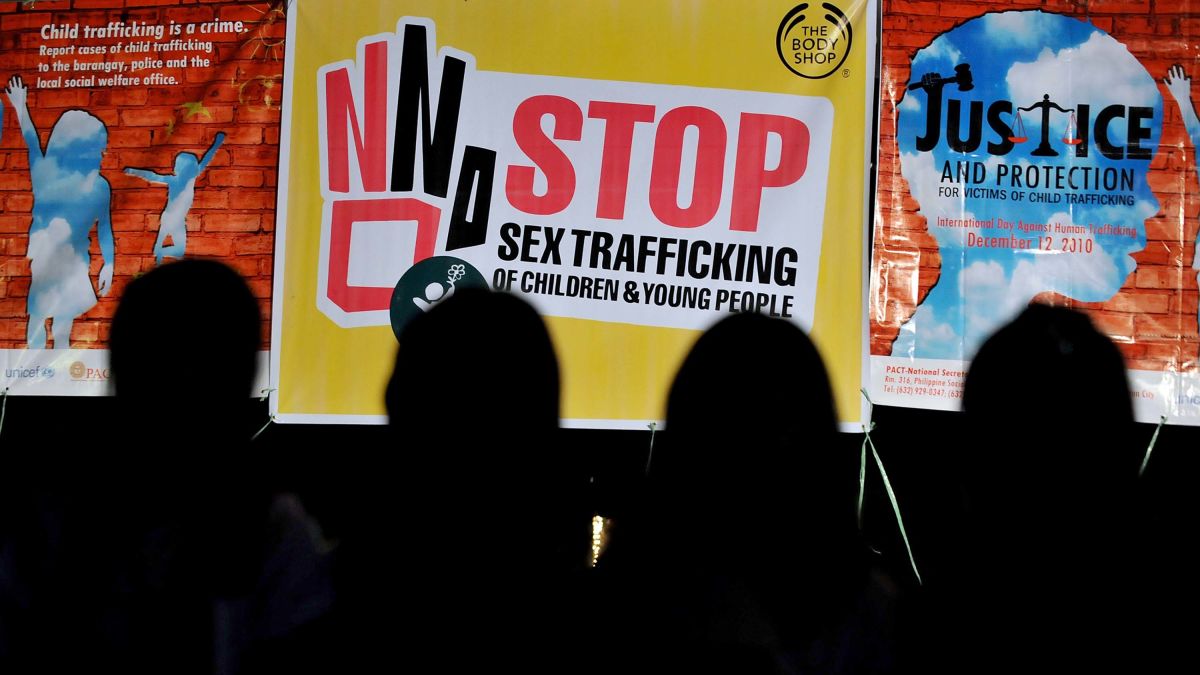
Where does child trafficking happen?
Underground child trafficking is most common in Latin America, the Caribbean, Asia, and Africa. The number of cases in industrialized and developed countries is unknown due to the secretive nature of this illegal activity.
The two of the most common areas for child trafficking are Latin America and the Caribbean. However, this does not mean that Europe or the US are free of it. All countries are known to have a problem with this horrific crime.
Asia- 7.6 million children are trafficked in the Asian Pacific. It is the most populous region in the world. Currently, this region accounts for 2/3 of all those found to be in slavery around the world. Large numbers of girls and women are migrated internally and internationally for domestic labor. They are exploited economically and are abused throughout their time trapped in the trafficking system.
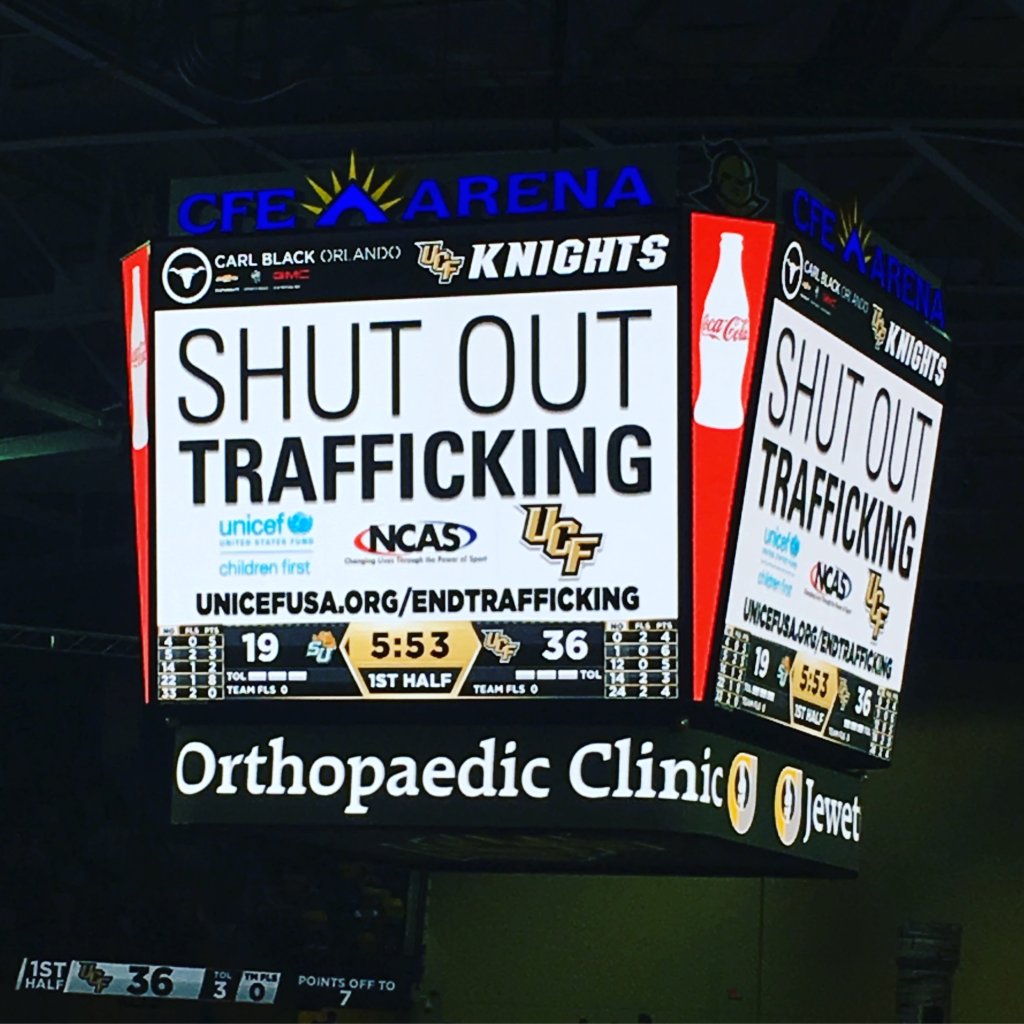
Africa- 14% of all of the world’s enslaved population come from the Sub-Saharan region of Africa. Children are often forced into marriage labor and prostitution. Other common areas of exploitation through forced labor come from retail, fishing, farming, factory work, and other types of physical labor. Sadly, the most common industry that trafficked children are found in is the sex industry.
750,000 children are trafficked in the middle east and Northern Africa. The opportunity is presented for child traffickers due to the region’s high tendency for unrest and violent conflict.
These conditions make it so much easier for child traffickers to source, move, sell and buy children. Additionally, due to the environment that these people find themselves in, it is easier for child traffickers to lure their victims into debt bondage and forced labor.
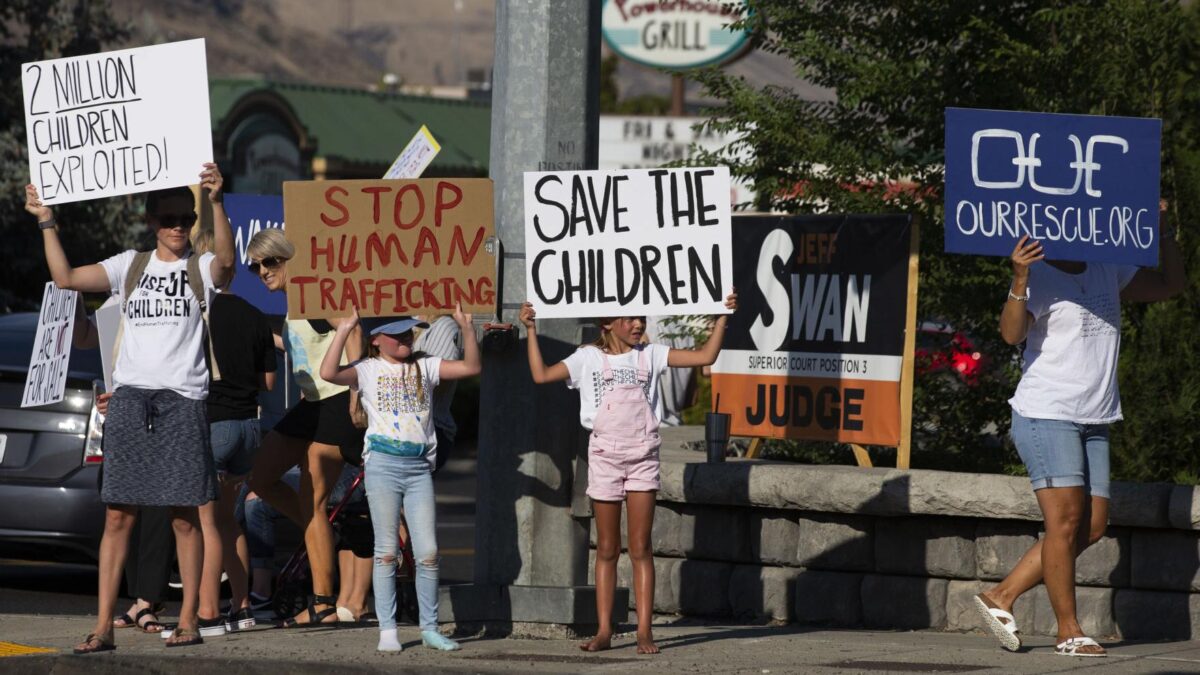
Russia and Eurasia- 702,000 children are trafficked from Russia and Eurasia. This is helped by the fact that countries in the region sponsor forced labor. 20,000 North Koreans can be found working in Russia in oil refineries, construction, and lumber industries. These workers are paid but owe 90% of their income to the North Korean state. Their only compensation is food and water.
The Americas- Modern slavery takes the nature of commercial sexual exploitation, forced labor, and begging in these regions. Hard labor includes working in construction factories, agriculture, coal mining, and domestic industries. The children that are targeted are usually those who are disenfranchised by the state.
Children who have gone through the welfare system or belong to the LGBTQ+ communities for example. Those who are socially isolated are perfect targets for traffickers.
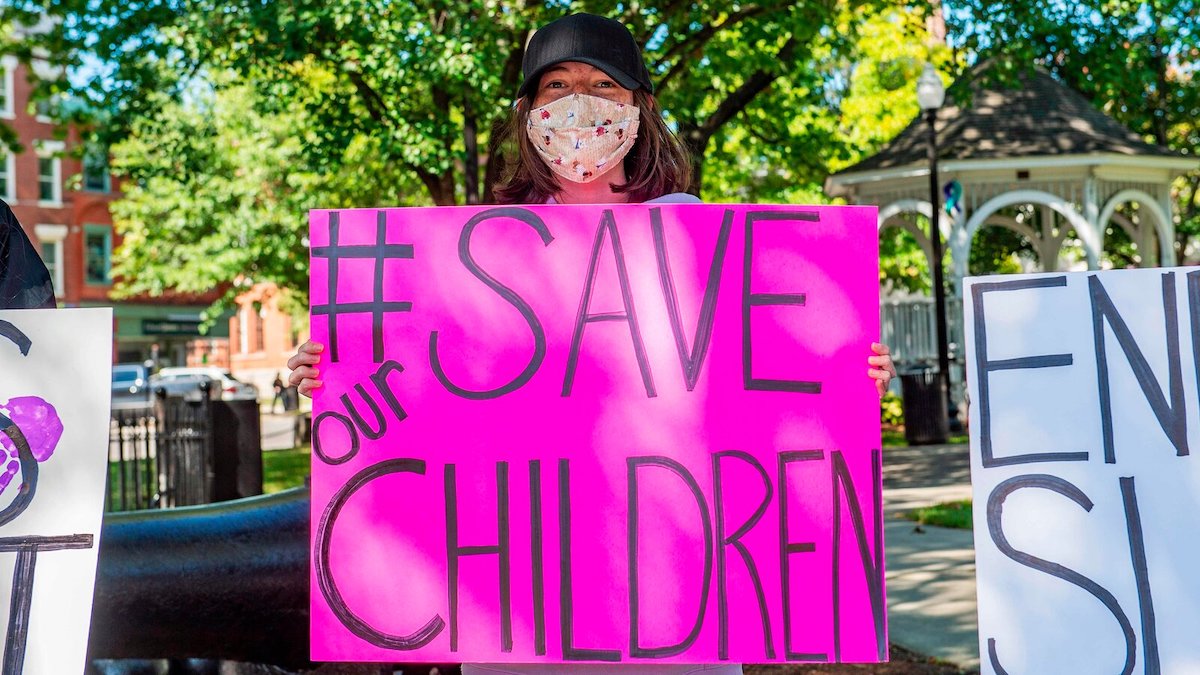
Europe- Despite Europe’s increased legislation and protections against child trafficking, over 300,00 children are trafficked across the continent. 65% of the trafficking in the EU comes from Romania, Lithuania, Bulgaria, and Slovakia. It is much more prolific in second world countries where the police presence is less prominent, and it is easier to travel between countries via road, ferry, rail, and airplane.
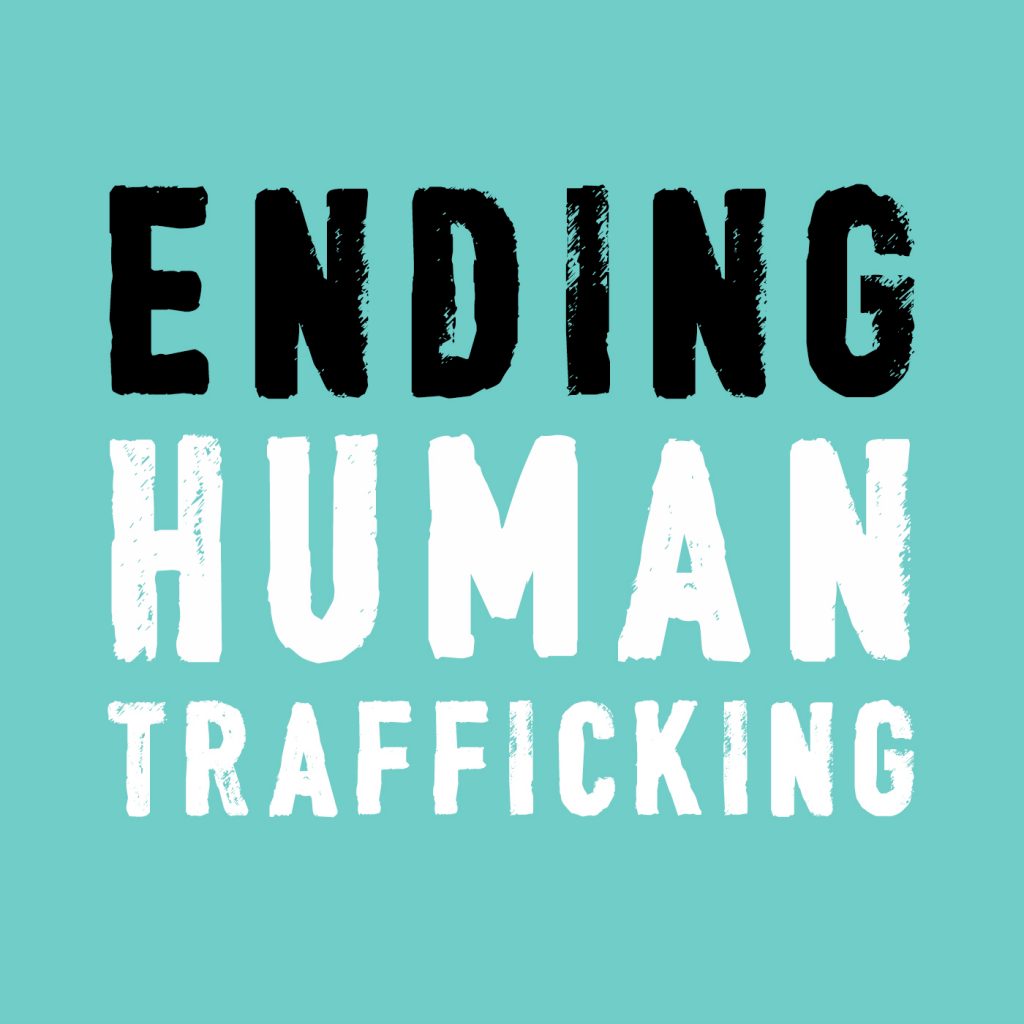
What can you do to help?
As you now know child trafficking is a reality in the modern world. It happens in every country in the world from Europe, the USA to Asia and Australia. However, this does not need to be the case. One simple way in which you help fight child trafficking is by donating to many of the charities that work across the globe to prevent and recover children who are trafficked.
Another way in which people can help in this most crucial of causes is to volunteer with the organizations. They work tirelessly to prevent child trafficking through the prevention, protection, and prosecution of traffickers. They do this by educating young mothers in impoverished areas and attempting to educate young children in these areas.
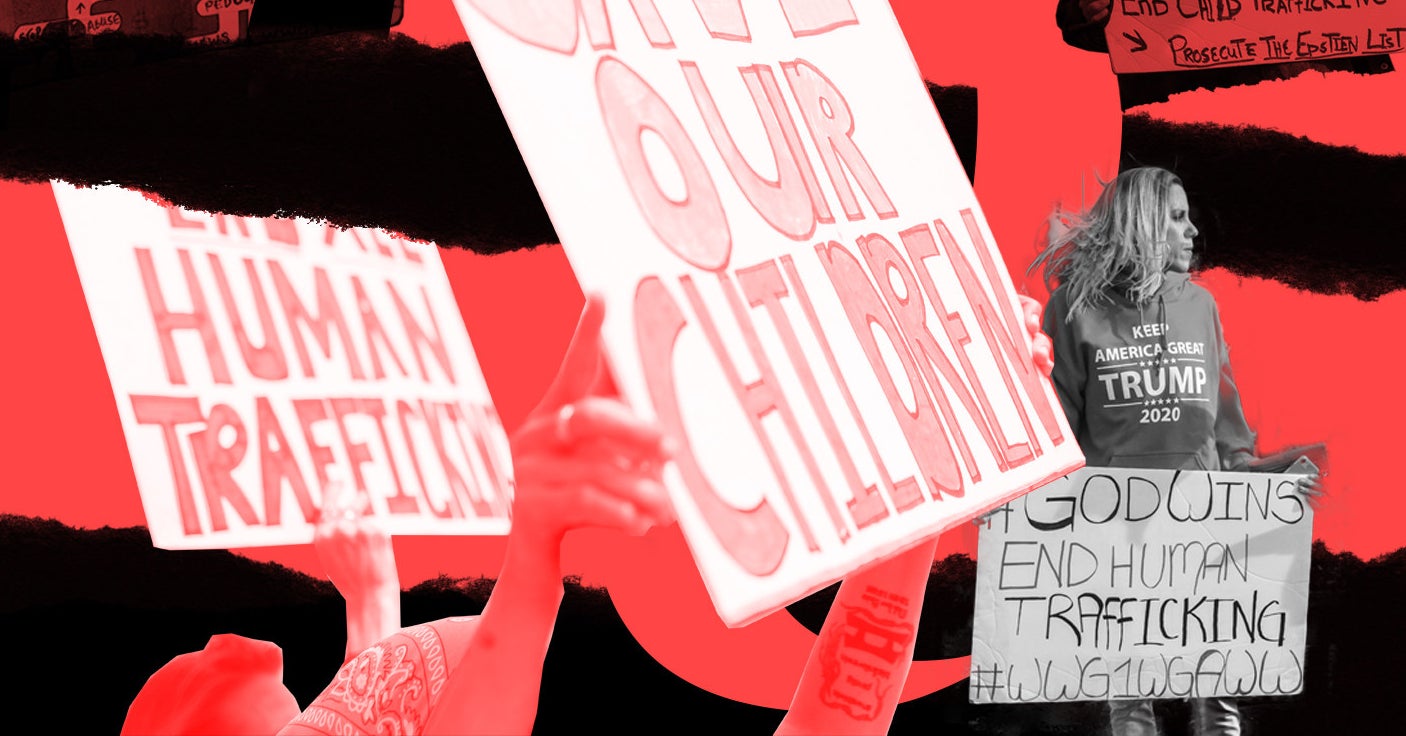
What do the organizations do?
These organizations are tasked with a difficult job. They work with local communities, organizations, civil society, and governments to protect children from being exploited. More than this, they help the children that have been a victim of this crime to restore their own dignity and self-worth.
A lot of the time they take a holistic approach to tackling the root of child trafficking. This means involving the children in the design and implementation of solutions to the problem. Organizations strive to create awareness at a community level on the risks of migration and provide support to children who have been trafficked. If possible, they return the children home and reintegrate them into their communities once again.

One of the most important and difficult jobs they do is to raise awareness of the issue and to create advocacy campaigns to garner support. During the South Africa World Cup of 2010, Save the Children launched an advocacy program in Mozambique. Radio programs, television adverts, interviews, and posters were all produced reaching over 250,000 people.
By reaching out to more people and making them aware of the problems, Child trafficking becomes harder and harder for those wishing to commit the crime.
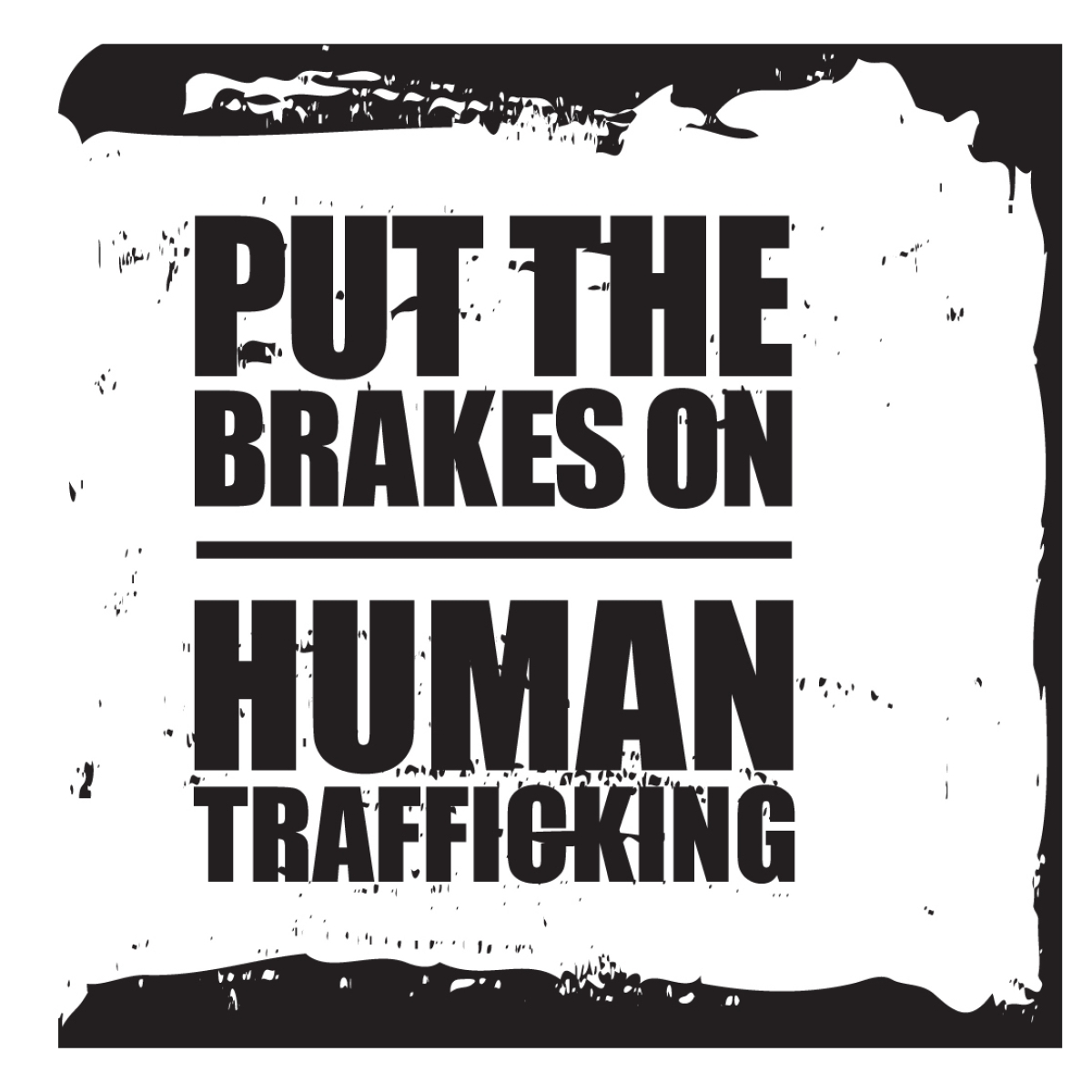
Child trafficking
As shocking as it may seem this horrible and illegal practice is still happening across the globe. There are millions of children being shipped to different countries and exploited in the sex industry and the labor trade.
There are many organizations set up to combat this problem and there are various ways you can get involved. One of the most important things to know is that it is still happening and by informing others around you that this horrible practice continues.



